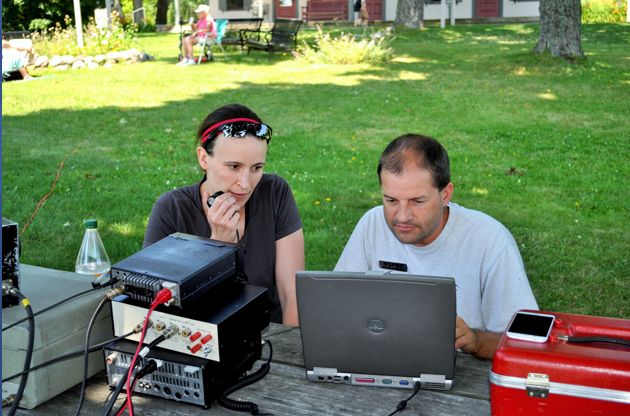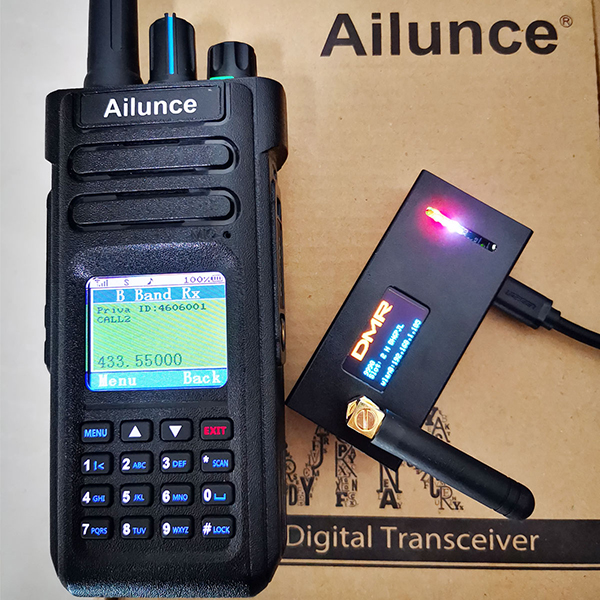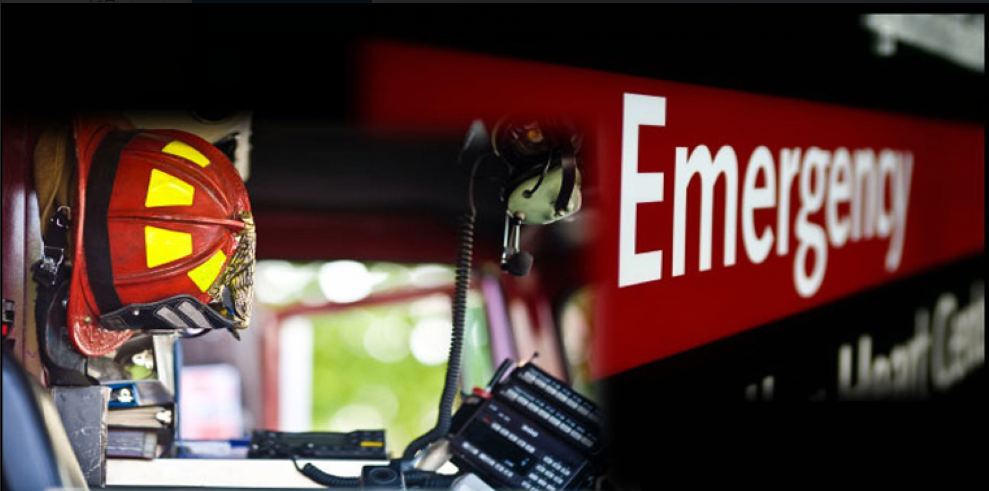+86 15093323284 hams@ailunce.com
What hams will do in their daily life?

Why they call amateur radios operators "Ham"?
First, let’s we learn why they called radio operator “ham”? Well, according to the Northern Ohio Radio Society, it goes like this: the word ham was applied in 1908 and was the call letters of one of the first amateur wireless stations operated by some members of the HARVARD RADIO CLUB. There were Albert S. Hyman, Bob Almy, and Peggie Murray. At first, they called their station Hyman-Almy-Murry. Tapping out such a long name in code soon called for a revision.
What they often do in their daily life?
The “ham” are very hard and happy, and the “ham” can use different types of radio communication equipment to communicate in different places.
1. Local communication.
Use the handheld radio or mobile radio connect with local hams. The”Local” means the city where the ham is located or the community is located. Local communication generally uses UHF 70cm, or VHF 2meters. Normally the distance can reach to 50miles, if there is a repeater in their city, the distance can be further.

2. Remote communication
Use shortwave radio to connect with hams from around the world.
In China, “short wave” usually refers to HF (high frequency), which is the wavelength range of 10 meters to 100 meters. The ham that is connected remotely may be in the country, possibly in a neighboring country, on the other side of the globe, or on an island that cannot be found on the map, so remote communication is more fun and challenging than local communication.
The number and difficulty of remote communication is the main basis for measuring the professional level of ham, and it is also the main basis for ham to apply for various competition awards.

3. Digital communication
Connect the radio to the computer and exchange information between the hams through specialized software. Digital communication greatly enriches the content of amateur radio by using both traditional radio technology and contemporary computer technology. In the past, ham communication could only hear the other party's voice. Now, with slow scan TV, it can transmit low-resolution images and increase the fun of communication. There are three common digital communication methods, namely RTTY (radio transmission) and SSTV ( Slow scan TV) and Packet (packet).

4. Communication on the air.
Combining amateur radio technology, computer technology, and network technology to realize Internet-based remote communication, many countries have designed their own online communication system. Such as very popular Brandmeister, TGIF.
If hams get a hotspot,connect to their interent, also do some configuration, they can talk to many hams on the air.

5. Outer space communication
Coordinate with astronauts on the Space Station, or use satellites as repeaters for international and intercontinental remote communication.
Amateur radio equipment is installed on the space stations of the United States and Russia. Some astronauts are hams. They will communicate with the ham on the earth during their leisure time.
In addition, the satellite can be seen as a repeater installed in outer space, where a ham can transmit radio signals to the satellite and forward it to the ham at another location.

6. QSO Competition
The competition has various forms, including the global communication competition, the Morse code (CW) communication competition, and the 14 megahertz (20 m) communication competition. The news of these general competitions will be published on the major ham websites in advance. For the convenience of ham participation, the competition will be arranged on weekends. In the world, many hams are proud to be able to participate in the competition and receive awards.

7. Homemade equipment
Do it yourself and develop a variety of amateur radio equipment.
The composition of ham is very broad and covers almost all sectors of society, from teachers to doctors, from scientists to retirees.
For many hams, in addition to communication, another pleasure of amateur radio is to do it yourself and develop a variety of amateur radios.
Some devices are relatively simple, some are more complex, and some are even professional. The exploration spirit of ham has strongly promoted the advancement of amateur radio technology.

8. Emergency communication
In the event of an emergency or natural disaster, when the regular communication service is interrupted, Ham is obliged to use the amateur radio equipment to provide emergency communication services for the government and the public.
There are two well-known ham emergency communications organizations in the United States. They are the AERA and the National Transportation System (NTS), which regularly conduct training and exercises related to emergency communications.

All above activities based on you are a licensed amateur operator. because licensed amateur radio enthusiasts can enjoy two-way amateur radio communication experiments and exchanges with friends and relatives, continue to learn electronic and radio knowledge, and obtain various radio operation competitions. Award certificate.











